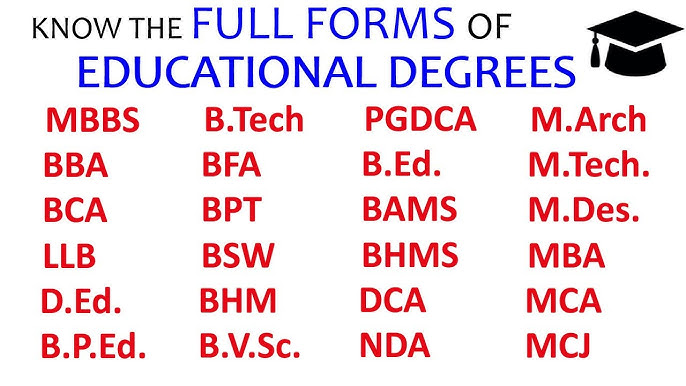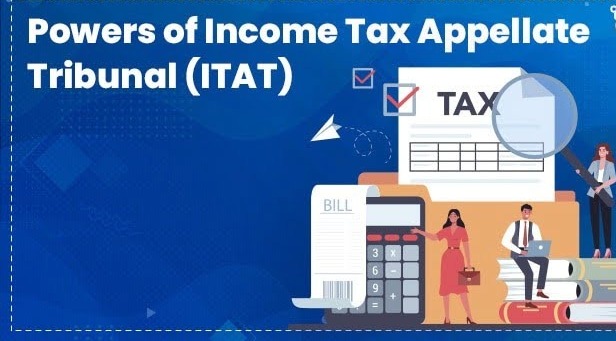T.S. Thakur, C.J.@mdashChandigarh Administration is aggrieved against the impugned judgment (Annexure P-4) dated 25th February, 2009 rendered by Chandigarh Bench of the Central Administrative Tribunal (hereinafter referred to as, ''the Tribunal''), whereby the Tribunal has upheld the principle that a junior cannot draw salary more than the senior placed in the same grade, especially if anomaly has arisen due to grant of increment at higher rate to the junior person. The Chandigarh Bench of the Tribunal had given a direction to the Chandigarh Administration to remove the disparity of pay between the senior and the junior by stepping the salary of senior person respondent No. 1 who approached the Tribunal and succeeded there however, the arrears of pay were restricted to 38 months from the date of retirement.
2. Having noticed the substantial question of law, which has been answered by the Tribunal, it will be necessary to recapitulate the facts. Respondent Ram Chander Saini was appointed as a Science Master in 1977 in the pay scale of Rs. 220-500 with the basic pay of Rs. 256A per month. On 1st January, 1978 on revision of pay scale, respondent employee was placed in the pay scale of Rs. 620-1200 with the initial start of Rs. 600/- per month. The respondent employee Ram Chander Saini was granted three advance increments at the rate of Rs. 12/- per month, which were admissible to him under rules. Charan Singh Saini joined the service subsequently on 1st January, 1978 in the pay scale of Rs. 620-1200. He was also held entitled to three advance increments. However, at that time in the revised pay scale, rate of increment was Rs. 20/-, Rs. 20/- and Rs. 25/-. Thus, his pay was fixed at Rs. 725/- per month. Simply because the respondent employee was granted benefit of three increments in old scale at the rate of Rs. 12/- each, when revision of pay scales took place his junior, who joined the service later, was placed at the initial basic pay of Rs. 725/- per month and basic pay of the respondent employee remained Rs. 660/- per month. It is not disputed that both the employees, i.e. the respondent employee Ram Chander Saint, who was senior and Charan Singh Saini, who was junior, were granted three advance increments as per rules having possessed higher qualification.
3. Ram Chander Saini respondent employee approached the Central Administrative Tribunal, Chandigarh Bench with a prayer that his pay be stepped up and made at par with his junior as per FR 22(I)(a)(i) and CCS(RP) Rules, 1997 and the anomaly be removed.
4. After hearing counsel for the parties, the Tribunal held as under:
In our considered opinion, the arguments advanced on behalf of respondents justifying lower pay to seniors for having been inducted in to service earlier than those who were inducted into service at a later stage, cannot be accepted. It has led to a disparity of pay between the seniors and the juniors and it is a settled proposition of law that a senior person cannot be paid lesser than his juniors just because he had joined at an earlier point of time when the rate of increments granted was lesser.
5. A similar question arose qua the employees working in the State of Punjab. Respondent employee relied upon judgment (Annexure A-18), wherein a Single Bench of this Court, in ''Rawail Singh and Ors. v. State of Punjab and Anr. Civil Writ Petition No. 17005 of 1989 decided on 1st March, 1995, held as under:
This Court had an occasion to deal with some-what similar matter in Dharam Pal and Ors. v. State of Punjab and Ors. 1994(2) S.C.T. 336 (P&H) : Civil Writ Petition No. 10506 of 1989, decided on 15.12.1993 wherein the instructors working in various institutes in the State of Punjab, though were imparting training in various trades, but instructors imparting training in some trades were getting higher pay compared to the others who were imparting training in other trades. Resultantly, some of the instructors junior to the petitioners therein started getting more pay and in these circumstances, it was held that "the grievance of the petitioners is legitimate. The disparity cannot be allowed to be continued for the reason that the qualifications for appointment to all the posts of instructors are the same and they are governed by same service conditions and there is a joint seniority list of all the instructors. Further, their seniority is depending on the date of appointment irrespective of the pay drawn. In this view of the matter, senior persons are certainly entitled to all those benefits which their juniors in the same cadre are getting i.e. the pay of a senior cannot be less than that of a junior." In this case too, the persons who joined service with postgraduate qualifications on or before 01.01.1978 or acquired the said qualifications before 01.01.1978. Respondents have not pointed out any reason for creating and not removing the anomaly in question, except the ground that the petitioners have been granted two revised pay scale and cannot be given the same benefit for the second time. This stand of the State has resulted in an anomalous situation, i.e. juniors have started getting more pay compared to their seniors, which is wholly unjust, unfair and inequitable. Fixing of pay of the juniors in a higher scale than that of seniors, is clearly discriminatory and violative of Article 14 of the Constitution of India, and the action of the State in depriving the petitioners of their justifiable right cannot be sustained. Petitioners, thus are entitled to be brought at par with that of their seniors.
6. In
7. In Dayanand''s case (supra), the Court relying upon case law, laid the test to determine ''equal pay for equal work'' and held as under:
95. The ratio of
8. On the touchstone of the criteria noticed above, we are of the view that the respondent employee Ram Chander Saini and his junior Charan Singh Saini are performing the same duty as a teacher. Their qualifications, mode of recruitment/appointment, nature of work and responsibilities are equal. The only difference is that the respondent employee Ram Chander Saini had joined the service earlier than Charan Singh Saini and was granted benefit of three increments for possessing higher qualification earlier, when the rate of increment was lower. Therefore, the principle of ''equal pay for equal work'' can be invoked in the present case and the disparity of senior person getting less salary than the junior can be removed.
9. Mr. Harsimran Singh Sethi, learned Counsel appearing for the employer Chandigarh Administration, argued that different rates of increment were prevailing at different times. The respondent employee was granted three increments earlier, when the rate of increment was lower, whereas Charan Singh Saini was granted benefit of three increments at the time, when rate of increment prevailing was higher. Therefore, the respondent employee is not entitled to make any grievance on this score. It is further stated that respondent employee had not objected when the junior was granted increments in October, 2002, and his pay was re-fixed on 4th February.
10. We are not impressed by this argument. A perusal of the record reveals that the respondent employee had earlier approached the Tribunal and on 17th August, 2007, he was directed to submit an appeal/ representation to the authorities and was granted liberty to file fresh Original Application against such order within the period of limitation starting from the date of such order. The earlier order passed by the Tribunal has been annexed as Annexure P-15. In compliance of the order, Chandigarh Administration had rejected the claim of the respondent employee on 3rd January, 2008 and he again approached the Tribunal for removal of the anomaly and grant of equal pay, which was drawn by his junior. Therefore, respondent employee was agitating for removal of disparity.
11. In these circumstances, we find that the order passed by the Tribunal is just, appropriate and reasonable, and calls for no interference.
12. Hence, the present writ petition is dismissed in limine, with no order as to costs.

